
The Ensemble Daswirdas performs John Cage's "Branches" composition, which is based on a previous work, "Child of Tree", but here each performer plays an 8 minute variation of that work, which is performed on amplified pods, cacti, and other plant materials.
In Stock
Quantity in Basket: None
Log In to use our Wish List
Shipping Weight: 5.00 units
EU & UK Customers:
Discogs.com can handle your VAT payments
So please order through Discogs
Sample The Album:
John Cage-composer
Ensemble Daswirdas-ensemble
Andreas Winkelmann
Boris Previsic
Christoph Reller
Kaspar Glattli
Matthias Bruppacher
Nina Hitz
Peter Ruegg
Click an artist name above to see in-stock items for that artist.
UPC: 011778039938
Label: Edition Wandelweiser Records
Catalog ID: EWR 9901
Squidco Product Code: 22202
Format: CD
Condition: New
Released: 1999
Country: Germany
Packaging: Cardboard Gatefold
Recorded in Val Sumvitg, Switzerland, in August 1998, by Christoph Reller.
Branches: "The score for this work consists solely of performance instructions. The instruments to be used are amplified pods, cacti, and other plant materials, such as pod rattles from a Poinciana tree, which Cage specifically mentions in the score. Other instruments are to be selected by the performers, using I-Ching chance operations. Cacti are played by plucking needles with toothpicks, amplifying their sounds via cartridge-like attachments, originally constructed by John D. Fullemann. Branches is essentially a series of variations of Cage's Child of Tree, strung together on a string of silence, which precedes it in performance."-John Cage.Org
"Child of Tree: This work was originally used as music for the choreographed piece by Merce Cunningham entitled Solo (aka Animal Solo/Dance), with stage design by Sonja Sekula. While on tour in Arizona with the Merce Cunningham Dance Company in 1975, one of the dancers, Charles Moulton, brought a dried cactus to Cage, placed it near his ear, and plucked its spines. This inspired Cage to use cacti as musical instruments in pieces like Child of Tree and Branches. The score consists solely of performance instructions as to how to select 10 instruments via I Ching chance operations. All instruments should be made of plant matter, or be themselves plant materials (e.g. leaves from trees, branches etc.). One of the instruments should be a pod (rattle) from a Poinciana tree, which grow in Mexico. Cage instructs: "Using a stopwatch, the soloist improvises clarifying the time structure by means of the instruments. This improvisation is the performance." "--John Cage.Org
"Branches (1976) starts with a performance of "Child of Tree" and is then followed by a random number of variations on "Child of Tree" each of it lasting 8 minutes, all of which are separated from each other by periods of silence, lasting 1-8 minutes. John Cage says in the instructions to the piece "Child of Tree" (1975): Find 10 "instruments", one of which is a pod (rattle) from a poinciana tree. These grow in Mexico (e.g. in Guernavaca).
Each player decides on the course of his score of Branches by means of the I Ching. It is used to determine the arrangement of "Child of Tree" and its variations, the number of instruments that are played in a particular part, the choice of instruments (the pod is always reserved for the last part, the others may occur in groups, but only once each) and the length of the rests. For this piece, you should use neither conventionally tuned instruments nor any that are made from animal materials or metal. Especially recommended are cacti (alive or dry) whose needles are plucked by using toothpicks.
John Cage gave directions for improvisation, "because the improvisation can't be based on taste and memory since one doesn't know the instruments" (John Cage in an interview, 1982). For this recording, we chose a room in which the usual criteria like neutrality of sound, clear early reflections and high diffusion were not necessarily the predominant features.
The recording took place in the colossal dam in Val Sumvitg (Grisons, Switzerland), excluding any sounds from outside, and at a constant temperature of 6 degrees C. The inner space of this concrete building is divided into 7 chambers of varying size, which are up to 20 meters high or ca. 1000 m squared in volume. Connected by two corridors, they form a system of acoustically coupled spaces. Microphones and speakers were arranged to reach different response times from very present with quick early reflections to far away with long echoes. When the ensemble first performed Branches on May 12th, 1991 in Zurich, John Cage was present as a listener."-Guy Vandromme
Artist Biographies
• Show Bio for John Cage "John Milton Cage Jr. (September 5, 1912 - August 12, 1992) was an American composer, music theorist, writer, philosopher, and artist. A pioneer of indeterminacy in music, electroacoustic music, and non-standard use of musical instruments, Cage was one of the leading figures of the post-war avant-garde. Critics have lauded him as one of the most influential American composers of the 20th century. He was also instrumental in the development of modern dance, mostly through his association with choreographer Merce Cunningham, who was also Cage's romantic partner for most of their lives. Cage is perhaps best known for his 1952 composition 4′33″, which is performed in the absence of deliberate sound; musicians who present the work do nothing aside from being present for the duration specified by the title. The content of the composition is not "four minutes and 33 seconds of silence," as is often assumed, but rather the sounds of the environment heard by the audience during performance. The work's challenge to assumed definitions about musicianship and musical experience made it a popular and controversial topic both in musicology and the broader aesthetics of art and performance. Cage was also a pioneer of the prepared piano (a piano with its sound altered by objects placed between or on its strings or hammers), for which he wrote numerous dance-related works and a few concert pieces. The best known of these is Sonatas and Interludes (1946-48). His teachers included Henry Cowell (1933) and Arnold Schoenberg (1933-35), both known for their radical innovations in music, but Cage's major influences lay in various East and South Asian cultures. Through his studies of Indian philosophy and Zen Buddhism in the late 1940s, Cage came to the idea of aleatoric or chance-controlled music, which he started composing in 1951. The I Ching, an ancient Chinese classic text on changing events, became Cage's standard composition tool for the rest of his life. In a 1957 lecture, Experimental Music, he described music as "a purposeless play" which is "an affirmation of life - not an attempt to bring order out of chaos nor to suggest improvements in creation, but simply a way of waking up to the very life we're living"." ^ Hide Bio for John Cage • Show Bio for Nina Hitz "Nina Hitz was born in Switzerland and is currently living in The Netherlands. She finished her graduate studies in Baroque cello at the Royal Conservatory in The Hague. A very active, questing spirit who constantly seeks the unknown in life and in music, in addition to baroque music, Hitz is active with experimental music, improvisation and theatrical performances. She is a member of Belfontis, with fortepiano player Kaoru Iwamura. The trio specialises in early romantic music. She also performs with Traces and Resonances, with dancer Sato Endo, and Jargon (led byMaurice Horsthuis). She has played in theater- and dance productions of Orkater, Olivier Provily, Het Barre Land, Scapino Ballet Rotterdam, les Ballets C de la B, Opera2Day and piano quintet SOUNDS." ^ Hide Bio for Nina Hitz
7/7/2025
Have a better biography or biography source? Please Contact Us so that we can update this biography.
7/7/2025
Have a better biography or biography source? Please Contact Us so that we can update this biography.
Track Listing:
1. Branches 60:06
Compositional Forms
Avant-Garde
John Cage
Large Ensembles
New in Compositional Music
Search for other titles on the label:
Edition Wandelweiser Records.


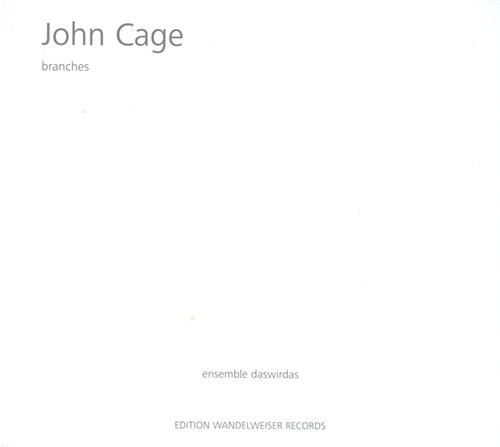





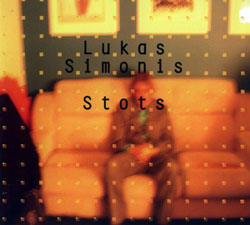
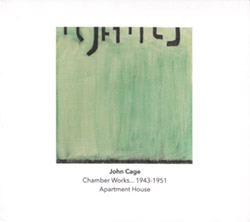




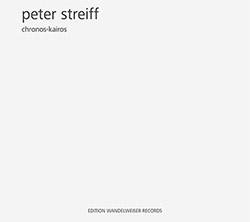
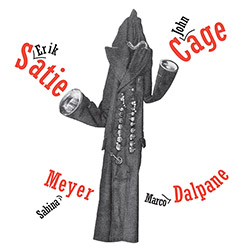
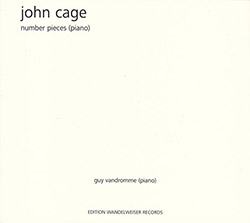





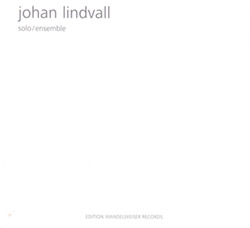
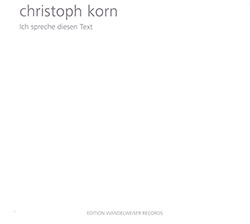
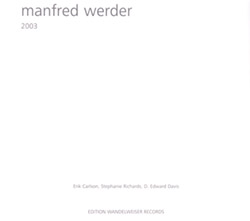










![+DOG+: The Light Of Our Lives [2 CDs]](https://www.teuthida.com/productImages/misc4/36009.jpg)


![Parker, Evan / Jean-Marc Foussat: Insolence [VINYL]](https://www.teuthida.com/productImages/misc4/36398.jpg)


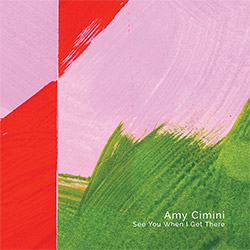





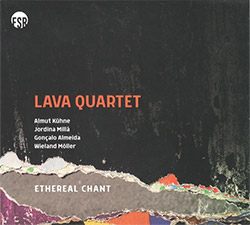
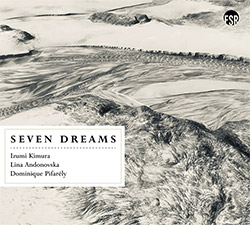
![Deupree, Jerome / Sylvie Courvoisier / Lester St. Louis / Joe Morris: Canyon [2 CDs]](https://www.teuthida.com/productImages/misc4/36404.jpg)


![Eternities: Rides Again [CASSETTE]](https://www.teuthida.com/productImages/misc4/36247.jpg)

![Lopez, Francisco: Untitled (2021-2022) [2 CDs]](https://www.teuthida.com/productImages/misc4/36438.jpg)


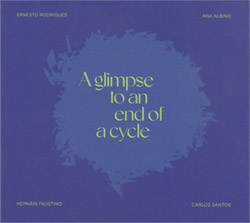

![Eventless Plot | Haarvol: The Subliminal Paths [CASSETTE + DOWNLOAD]](https://www.teuthida.com/productImages/misc4/36232.jpg)
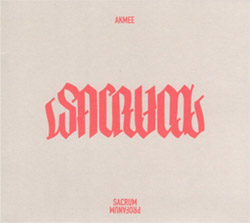


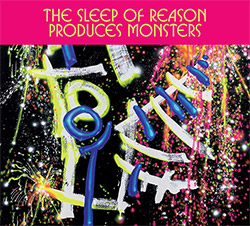



![Eventless Plot | Francesco Covarino: Methexis [CASSETTE + DOWNLOAD]](https://www.teuthida.com/productImages/misc4/36231.jpg)

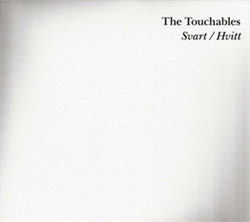

![Das B (Mazen Kerbaj / Mike Majkowski / Magda Mayas / Tony Buck): Love [VINYL]](https://www.teuthida.com/productImages/misc4/36329.jpg)
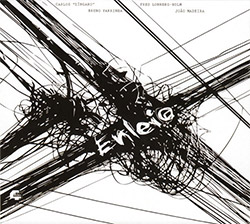

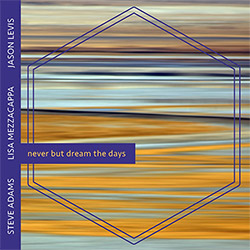
![Hemphill Stringtet, The: Plays the Music of Julius Hemphill [VINYL]](https://www.teuthida.com/productImages/misc4/36409.jpg)


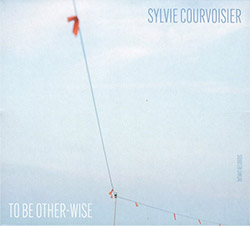


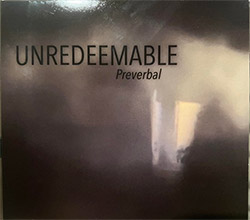
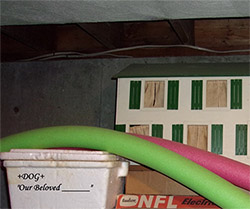


![Money : Money 2 [2 CDs]](https://www.teuthida.com/productImages/misc4/35894.jpg)

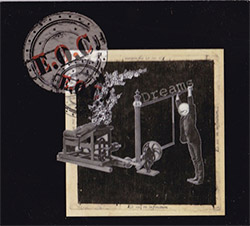


![Klinga, Erik: Elusive Shimmer [VINYL]](https://www.teuthida.com/productImages/misc4/36258.jpg)
![CHANGES TO blind (Phil Zampino): Volume 9 - I Wave on a Fine Vile Mist [CD + DOWNLOAD]](https://www.teuthida.com/productImages/misc4/36061.jpg)

![Wallmart / Rubbish: Asset Protection [split CD]](https://www.teuthida.com/productImages/misc4/35900.jpg)


![+Dog+: The Family Music Book Vol. 5 [2 CDs]](https://www.teuthida.com/productImages/misc4/35897.jpg)
![Kuvveti, Deli : Kuslar Soyledi [CASSETTE w/ DOWNLOAD]](https://www.teuthida.com/productImages/misc4/36107.jpg)

![Nakayama, Tetsuya: Edo Wan [CASSETTE w/ DOWNLOAD]](https://www.teuthida.com/productImages/misc4/36105.jpg)

![Brown, Dan / Dan Reynolds: Live At The Grange Hall [unauthorized][CASSETTE]](https://www.teuthida.com/productImages/misc4/36245.jpg)



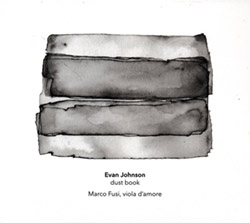


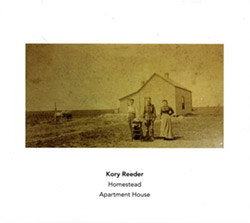
![Palestine, Charlemagne / Seppe Gebruers: Beyondddddd The Notessssss [VINYL]](https://www.teuthida.com/productImages/misc4/36206.jpg)
![Palestine, Charlemagne / Seppe Gebruers: Beyondddddd The Notessssss [NEON GREEN VINYL]](https://www.teuthida.com/productImages/misc4/36207.jpg)

![Laubrock, Ingrid: Purposing The Air [2 CDs]](https://www.teuthida.com/productImages/misc4/35639.jpg)
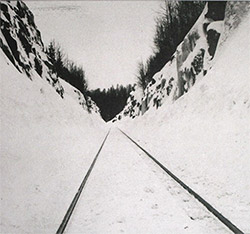
![Yoko, Ono / The Great Learning Orchestra: Selected Recordings From Grapefruit [2 CDs]](https://www.teuthida.com/productImages/misc4/35841.jpg)









![Zorn, John / JACK Quartet: The Complete String Quartets [2 CDs]](https://www.teuthida.com/productImages/misc4/35609.jpg)

![Lonsdale, Eden: Dawnings [2 CDs]](https://www.teuthida.com/productImages/misc4/35480.jpg)



![Sorry For Laughing (G. Whitlow / M. Bates / Dave-Id / E. Ka-Spel): Rain Flowers [2 CDS]](https://www.teuthida.com/productImages/misc4/35985.jpg)

![Rolando, Tommaso / Andy Moor : Biscotti [CASSETTE w/ DOWNLOADS]](https://www.teuthida.com/productImages/misc4/36106.jpg)


![Electric Bird Noise / Derek Roddy: 8-10-22 [CD EP]](https://www.teuthida.com/productImages/misc4/35970.jpg)








![Elephant9 : Mythical River [VINYL]](https://www.teuthida.com/productImages/misc4/34624.jpg)



![Elephant9 with Terje Rypdal: Catching Fire [VINYL 2 LPs]](https://www.teuthida.com/productImages/misc4/35355.jpg)
![Deerlady (Obomsawin, Mali / Magdalena Abrego): Greatest Hits [VINYL]](https://www.teuthida.com/productImages/misc4/34876.jpg)







![Surplus 1980: Illusion of Consistency [CD]](https://www.teuthida.com/productImages/misc4/35069.jpg)
![Staiano, Moe: Away Towards the Light [VINYL + DOWNLOAD]](https://www.teuthida.com/productImages/misc4/35037.jpg)
![Coley, Byron: Dating Tips for Touring Bands [VINYL]](https://www.teuthida.com/productImages/misc4/17906.jpg)

![Lost Kisses: My Life is Sad & Funny [DVD]](https://www.teuthida.com/productImages/misc4/lostKissesDVD.jpg)